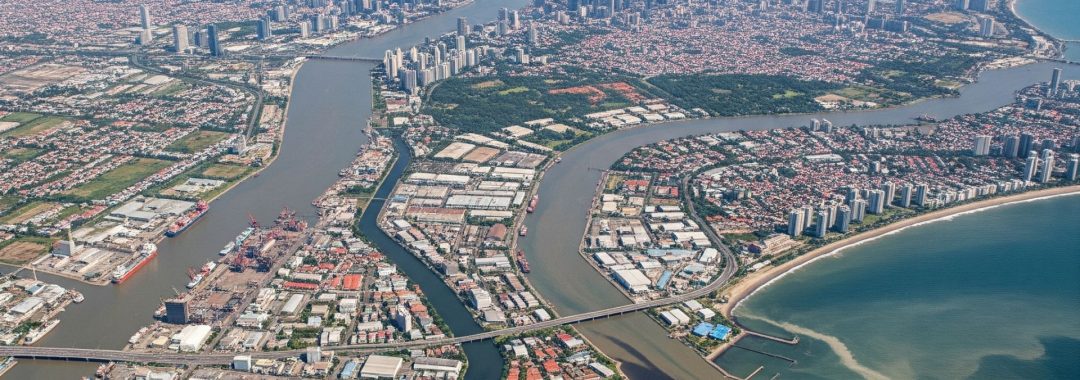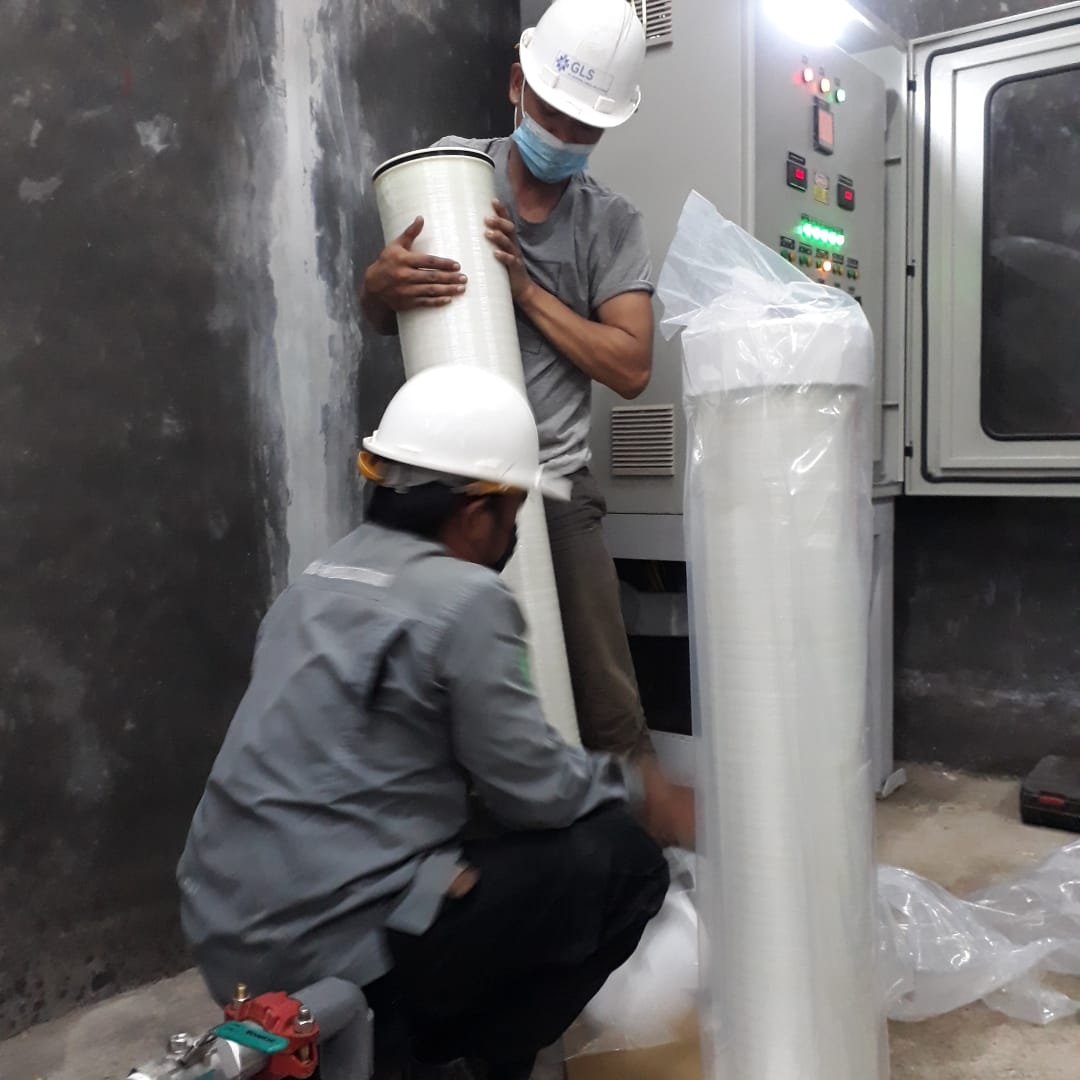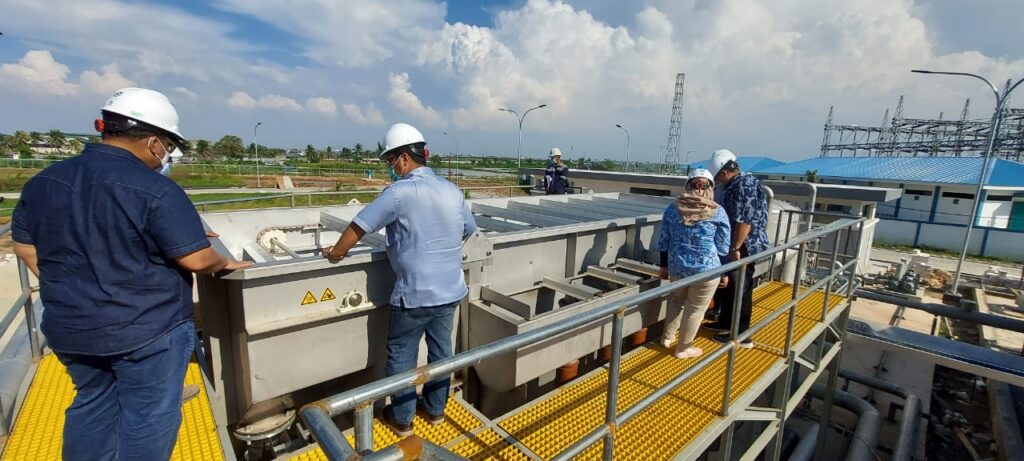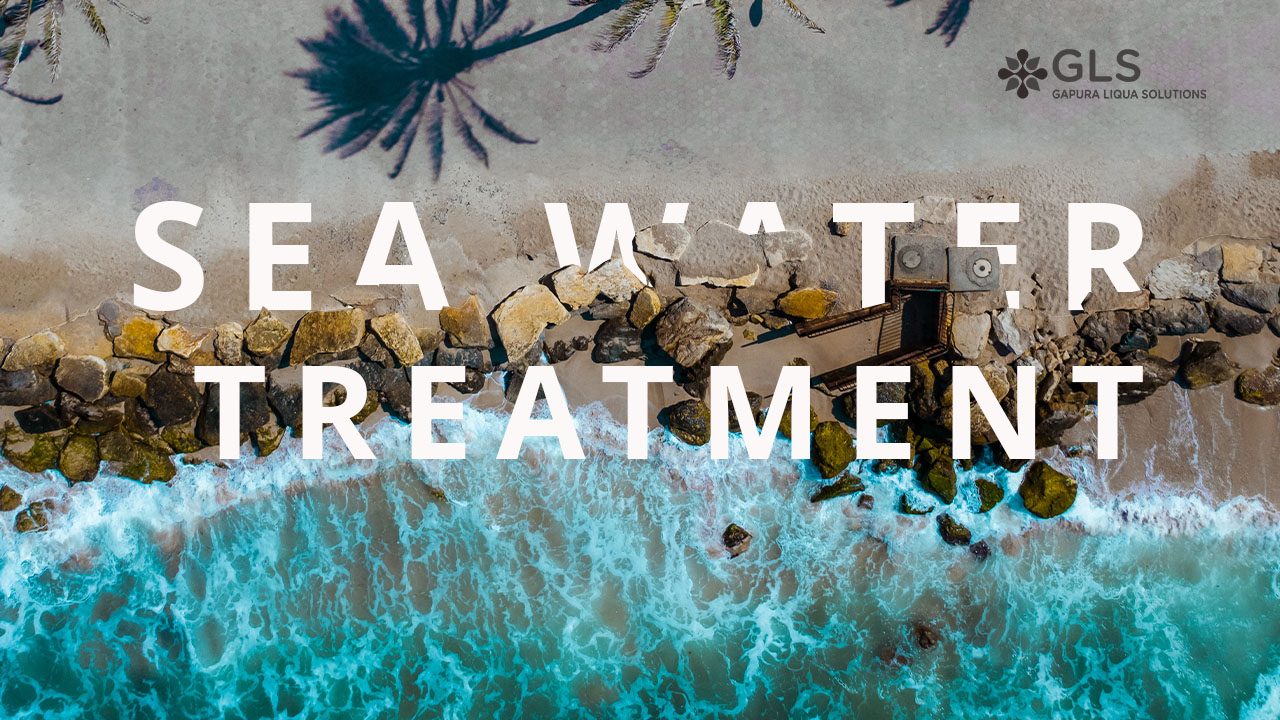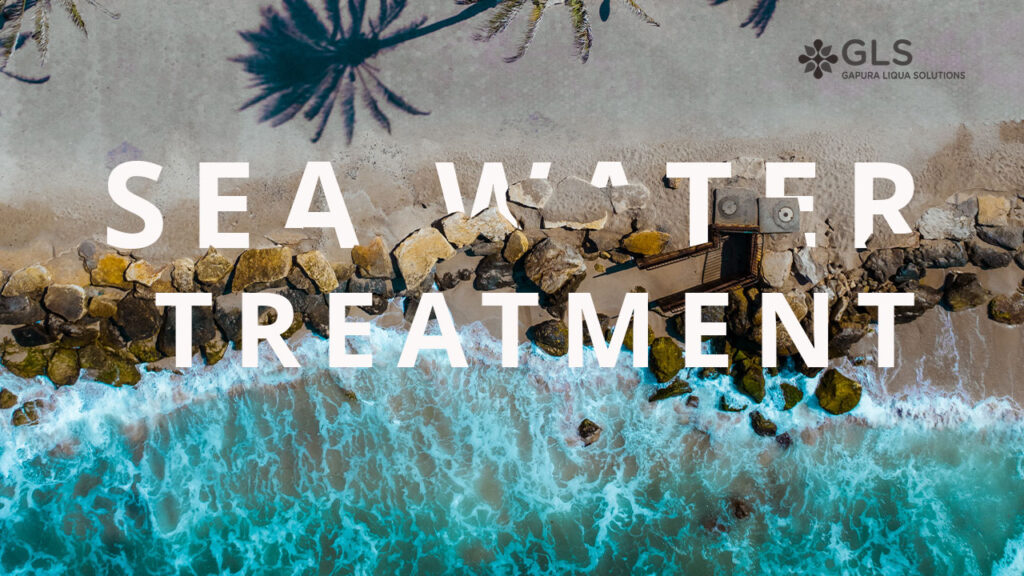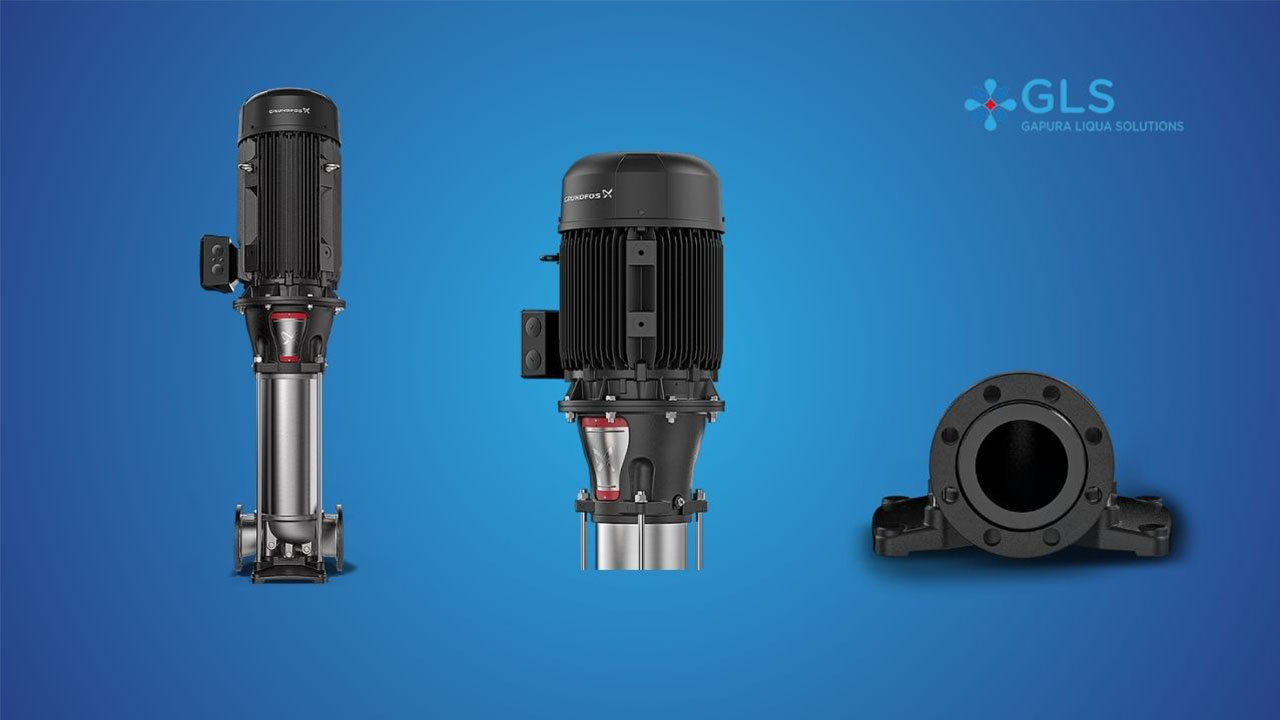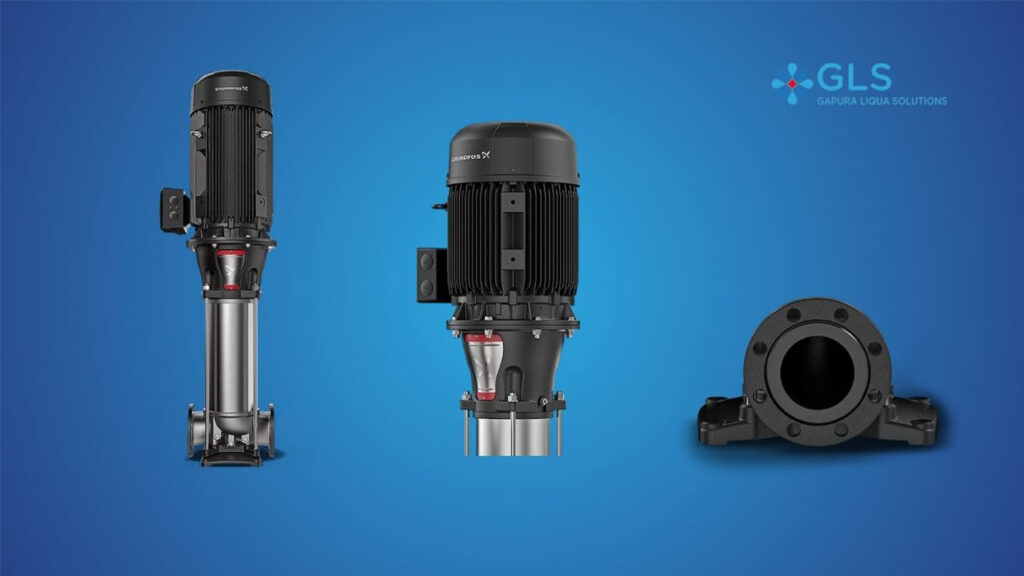Navigating High Salinity Wastewater Challenges in Indonesia’s Oil and Gas Sector
For professionals in Indonesia’s robust oil and gas, paper, and power generation industries, managing water is a constant operational imperative. Indeed, among the most complex issues are the wastewater salinity challenges Indonesia faces. This problem presents a significant operational hurdle that directly impacts equipment lifespan, production efficiency, and overall profitability. Therefore, this is not just a matter of environmental compliance, but a core business concern.
As Indonesian industries continue to expand and environmental regulations become more stringent, understanding these challenges is more critical than ever. Consequently, this guide will explore the technical difficulties, the economic impacts, and the advanced Water Treatment solutions available. These solutions can turn this challenge into a manageable and even valuable part of your operations.
What is High Salinity Wastewater and Why is it a Critical Issue?
High salinity wastewater is water discharged from an industrial process. It typically contains a significant concentration of dissolved salts, primarily sodium chloride. Its sources are varied and present across multiple heavy industries in Indonesia.
Defining Salinity in an Industrial Context: From Produced Water to Brine
For instance, in the oil and gas sector, the primary source is “produced water.” This is naturally occurring water from underground reservoirs that comes to the surface during extraction. This water can be many times saltier than seawater. In other applications, like power plants with cooling towers, the “blowdown” water becomes progressively more saline as pure water evaporates. Similarly, the Desalination process creates fresh water but also inherently produces a highly concentrated salt stream known as brine.
The Corrosive Impact on Equipment and Infrastructure Integrity
The most immediate and damaging effect of high salinity is corrosion. Specifically, the high concentration of chloride ions aggressively attacks metal surfaces. This attack leads to the rapid degradation of carbon steel pipes, pumps, valves, and heat exchangers. Ultimately, this corrosion shortens equipment lifespan and necessitates frequent, costly repairs. It also poses a significant risk of leaks and unplanned shutdowns, directly impacting production targets and operational safety.
Top 3 Technical Challenges Posed by High Salinity Effluents
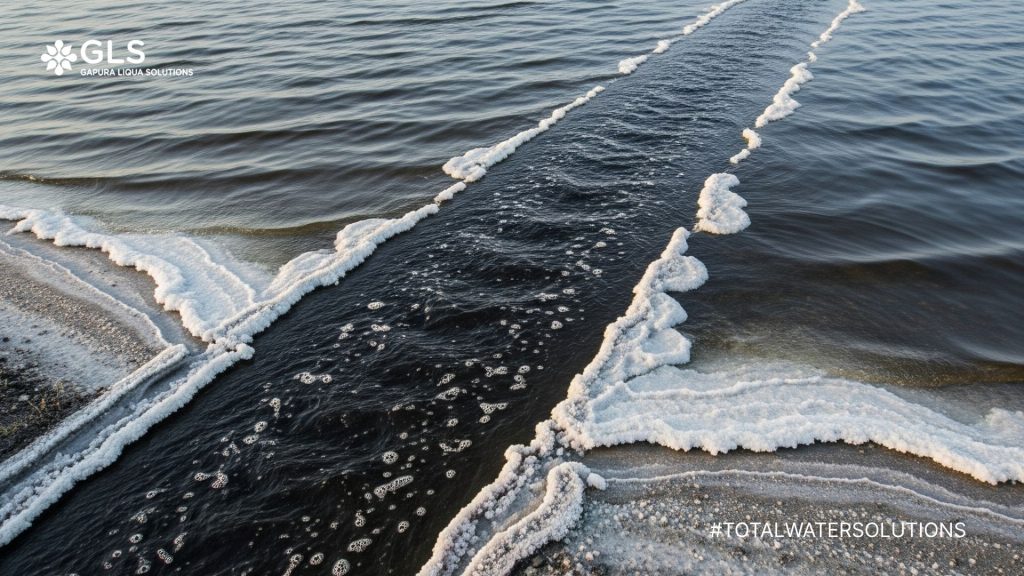
Beyond corrosion, the technical difficulties of handling this wastewater stream are multifaceted. In fact, they can disrupt entire operational systems.
Challenge 1: Compromised Biological Wastewater Treatment Systems
Many industrial facilities rely on biological treatment plants (WWTP) to break down organic contaminants. However, the microorganisms responsible for this process are highly sensitive to saline conditions. High salt levels create osmotic stress, which dehydrates and kills these beneficial microbes. As a result, the entire biological treatment process can fail, leading to non-compliant discharge and the inability to treat other pollutants.
Challenge 2: Increased Scaling and Fouling in Critical Equipment
High concentrations of dissolved salts, particularly calcium and magnesium, cause severe mineral scaling. This buildup occurs inside pipes, boilers, and cooling water systems and acts as an insulator. This drastically reduces heat transfer efficiency and requires more energy to achieve desired temperatures. In addition, it constricts flow, which leads to higher pumping costs. Furthermore, it causes fouling on sensitive equipment like membranes, rendering them ineffective.
Challenge 3: Meeting Strict Indonesian Environmental Discharge Regulations
The Indonesian Ministry of Environment and Forestry (KLHK) enforces strict regulations on discharged industrial effluent. The ministry tightly controls parameters like Total Dissolved Solids (TDS), conductivity, and specific ion concentrations. For facilities generating high salinity wastewater, meeting these limits without advanced treatment is nearly impossible. This poses a constant risk of heavy fines and legal action. Therefore, successfully navigating the wastewater salinity challenges Indonesia has codified in its environmental laws is not just an operational goal, but a legal necessity.
The Economic Burden: Analyzing the True Cost of Saline Wastewater
The wastewater salinity challenges Indonesia presents are not just technical. They also carry a significant economic burden that extends far beyond regulatory penalties, creating a cascade of direct and indirect costs that affect the bottom line.
Beyond Fees: The Hidden Expense of Brine Transportation Costs
For facilities unable to treat their saline wastewater on-site, the only option is often transporting it. They must send it to a licensed third-party disposal facility. The associated brine transportation costs are substantial. This process involves hiring specialized tanker trucks and certified drivers. Moreover, it includes paying per-kilometer rates, all of which add up to a significant operational expense, especially for remote oil and gas sites.
Operational Inefficiencies and Production Downtime
The cumulative effect of corrosion, scaling, and equipment failure reduces operational efficiency. As a result, energy consumption increases, maintenance schedules become more frequent, and the risk of unplanned shutdowns grows. Every hour of lost production due to a water-related issue is a direct loss of revenue.
Answering Key Industry Questions on High Salinity Wastewater
Professionals in the field often face recurring questions when developing a management strategy.
How does salinity affect water treatment processes?
Salinity fundamentally complicates most conventional water treatment methods. For example, it inhibits biological processes and increases the potential for scaling on physical-chemical systems. In addition, it requires high-pressure, energy-intensive membrane systems like reverse osmosis (RO) to effectively remove dissolved salts.
What are the primary sources in the Oil & Gas and Paper Industries?
In Oil & Gas, the main source is produced water. In the pulp and paper industry, the chemical pulping process generates high salinity wastewater. The caustic washing and bleaching stages also produce it, as various salts are used and concentrated there.
Can saline wastewater be recycled or reused?
Yes, but it requires advanced treatment. By implementing robust desalination and purification technologies, facilities can recover and reuse the water component. This recovered water is suitable for high-quality process water, boiler feed water, or utility purposes. This, in turn, reduces reliance on fresh water sources and can significantly lower operational costs. To learn more about this process, Read More.
Advanced Solutions: Modern Approaches to Water Treatment in Indonesia
Fortunately, technology has evolved to provide effective and economically viable solutions. Modern approaches to the wastewater salinity challenges Indonesia’s industries face shift the paradigm from “disposal” to “recovery.”
Robust Pre-Treatment for Downstream Protection
Any successful treatment system for saline water begins with effective pre-treatment. Engineers design this stage to remove oils, grease, suspended solids, and other contaminants. These materials could otherwise foul downstream equipment. Therefore, technologies like dissolved air flotation (DAF) and ultrafiltration (UF) are critical for preparing the water for salt removal.
High-Rejection Membrane Technology: The Role of Desalination
At the core of modern saline water treatment, you will find reverse osmosis (RO). These high-pressure membrane systems can reject over 99% of dissolved salts. Consequently, they produce a stream of high-purity water for reuse and a concentrated brine stream. This technology is the key to both compliance and water recycling.
Towards ZLD (Zero Liquid Discharge): Turning Waste into a Resource
For the ultimate solution in sustainability, facilities can aim for Zero Liquid Discharge (ZLD). In a ZLD system, technologies like brine concentrators and crystallizers further treat the brine concentrate from the RO system. This process recovers even more water and reduces the final waste product to a solid salt cake. In some cases, this cake can be sold for industrial use, which eliminates disposal costs entirely and creates a new revenue stream.
Your Partner in Overcoming Water Treatment Challenges
The complexities of high salinity wastewater demand expert analysis and robust, reliable solutions. Whether you are dealing with produced water, cooling tower blowdown, or industrial brine, a tailored approach is essential for success.
Ultimately, a well-designed water treatment system is the key to overcoming the wastewater salinity challenges Indonesia presents. Such a system protects your assets, ensures environmental compliance, and significantly reduces your long-term operational costs. If your facility is facing these challenges, it’s time to explore a comprehensive solution.
To discuss your specific needs and learn how advanced technology can solve your water treatment problems, contact our team of experts today.
Follow us on Social Media
